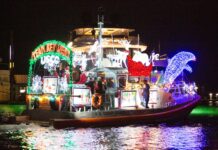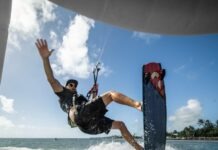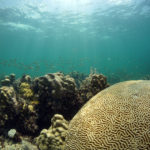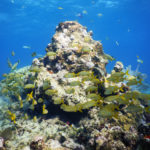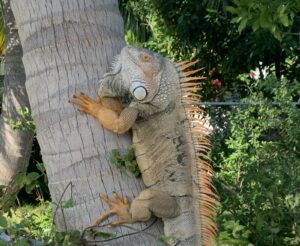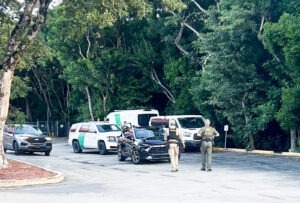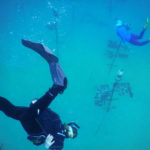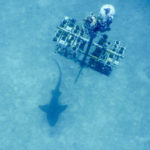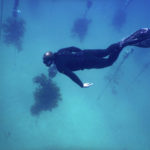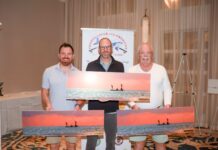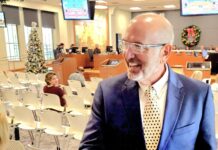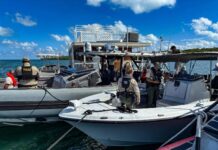On Dec. 9, the National Oceanic and Atmospheric Administration (NOAA) announced an ambitious plan to restore seven reefs within the Florida Keys National Marine Sanctuary (FKNMS). The effort is one of the largest investments in coral restoration in the world.
The concept to focus on is coral cover, or how much live stony coral covers the reef surface. Florida traditionally enjoyed 25% to 40% coral coverage, but this number has catastrophically fallen to just 1% to 2% today. Andy Bruckner, FKNMS research coordinator, explained, “We’re at a time where we have so little coral cover that we’re starting to lose the reef framework and we’re starting to lose some of the functions the reef plays.”
No one thing can be blamed for corals’ precipitous decline in Florida. Once world-renowned for their expansive structures and rich ecosystem functions, they’ve been suffering a slow death of a thousand cuts. From sewage leaks and agricultural pollution to overfishing and overuse, the reefs have been slowly degrading. More recently, hurricanes and unprecedented disease events like the stony coral tissue loss disease (SCTLD) .
Sanctuary superintendent Sarah Fangman said, “Here in the Keys, our economy is tied to our ocean and the resources on these reefs.” Showing a picture of a thriving reef and then a dead one, she added, “Frankly, we cannot afford to let these declines continue. These reefs are at a state that without our direct help, they cannot come back.”

Rather than throw in the towel, NOAA and its partners have doubled down on reefs. “Mission: Iconic Reefs” is an aggressive coral restoration plan targeting seven well-known, “iconic” reef sites throughout the Keys. The ultimate goal is to bring these reefs back to historic 25% coral cover through three phases of “bold local action” and coral restoration, said Fangman.
Within each phase and on each reef, the unique partnership will leverage the distinct expertise of local partner nonprofits and universities that have been doing this work for years. That means NOAA and its partners will access each reef with a clean slate.

“The plan articulates a vision for how to get mature corals back onto the reef. Now, how we get a mature coral doesn’t have to be one-size-fits-all,” said Tom Moore, the NOAA coral restoration team lead. “One spur might get CRF’s approach, and another might get Mote’s.”
Coral Restoration Foundation (CRF), one partner, has been perfecting coral propagation for years and will draw on its experience outplanting over 100,000 staghorn and elkhorn to help build up reef structure, fast. Mote Marine Laboratory and Aquarium, another partner, uses micro-fragmentation to grow corals 40 times faster than in the wild. Outplanting fragmented corals back onto reefs allows them to grow to much larger sizes, faster.

Caitlin Lustic, the South Florida marine conservation manager at The Nature Conservancy, called the partnership truly one-of-a-kind. She noted that the collaboration allowed the group to dream bigger and think about restoration in terms of the entire Florida Reef Tract.
“We’ve all been working together for years, but now we’ve been given the freedom to think about what it would take to do this on a larger scale,” she said. “Now we can think without boundaries.”
While the excitement was fresh, several in the room were quick to inquire about the one particular boundary — the money. Phase 1 of the mission aims to raise coral cover to 15% within 10 years. The work is predicted to take 5 to 7 years and cost $97 million. Fangman said no one has written a check yet, but they’re working with agencies and officials to bring resources.
Moore added, “We were never gonna get anything if we didn’t start articulating what we need. This is that plan.”
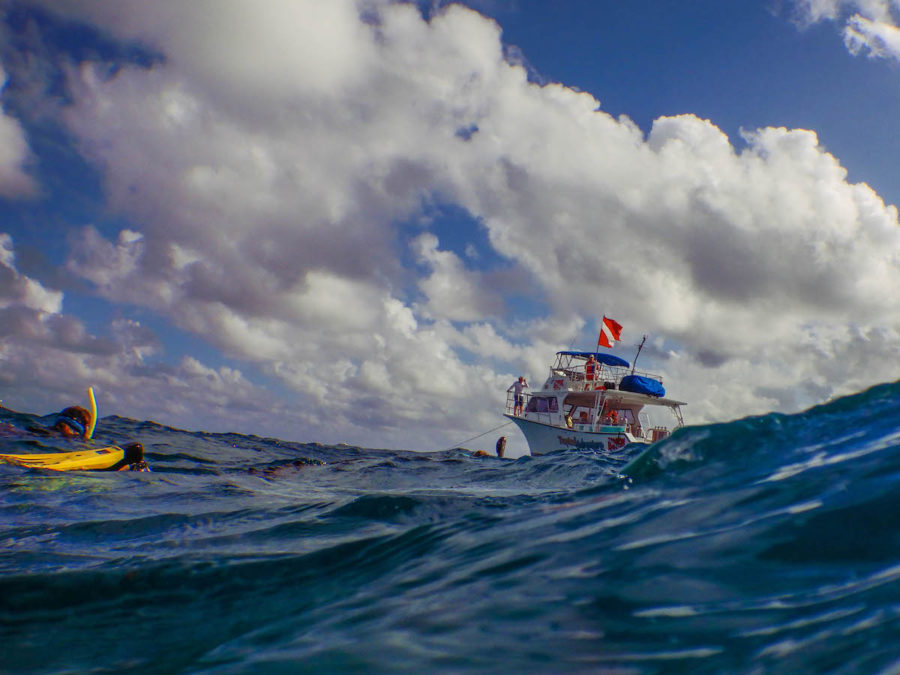
Phase 2 will last another 10 to 12 years and does not yet have a cost assessment. Moore assured concerned audience members that the announcement was not premature. “Today is the call to action. We have to get people excited before they’ll commit.”
PADI social media correspondent Allison Albritton, better known as “Ocean Allison,” chimed in from the audience. Albritton said, “The global diving community wants to help. If you tell them there’s a problem, they will come here and help.”
“Coral restoration is about buying time and stabilizing system to give it a chance to restore itself,” said Moore. “We still have global challenges we have to address, but if we just wait for those global challenges, we won’t have reefs left. So, this is our part in making sure we still have reefs left in the Florida Keys in the next 100 years.”
More information is at www.fisheries.noaa.gov/iconic-reefs.

Why this effort is one-of-a-kind:
- One of largest funding requests ever for coral restoration – $97 million for Phase 1
- Partnership includes state, federal, nonprofit and university
- Targeted, reef-by-reef approach to outplanting
- Includes site prep before restoration – removal of algae, nuisance species, sea fans, etc. as needed to optimize outplanting habitat
- Contemplates simultaneous introduction of beneficial grazers (urchins) to keep algae at bay
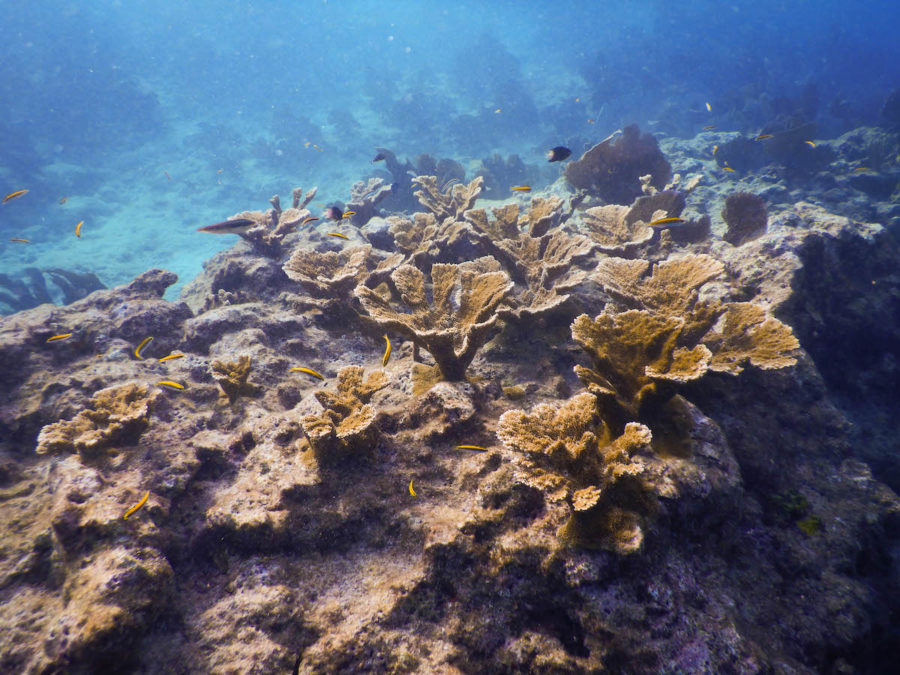
- Phase 1a: Goal is 10% coral cover. Focuses on elkhorn restoration to build up the reef framework quickly using corals not subject to SCTLD.
- Phase 1b: Goal is 15% coral cover. Balances the reef with more diverse corals and non-coral species like grazers.
- Phase 2: Goal is 25% coral cover. Adds slower-growing corals that give the reef its full diversity and cover.
- Completion should result in a resilient and regenerative reef.
